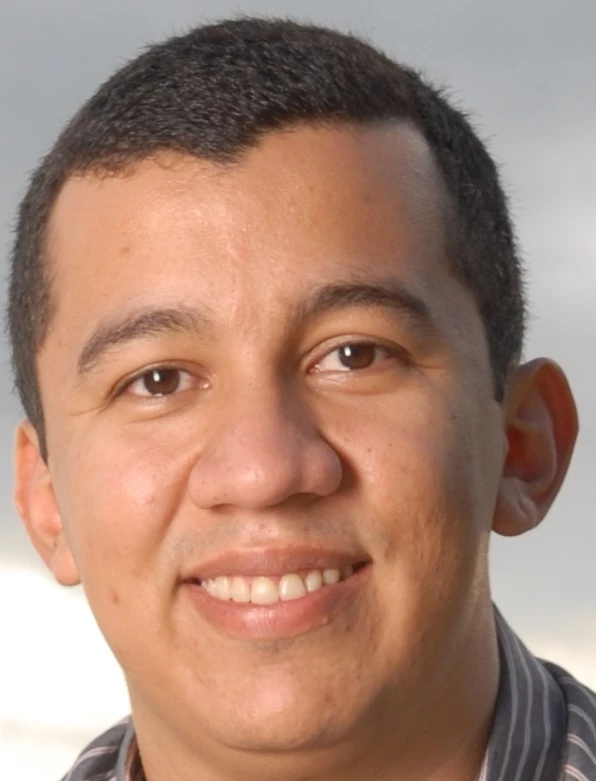While homicide rates in most parts of the world fell by as much as 50 percent in the 2000s, Latin America was the only region where lethal violence actually increased during that period. This finding is puzzling as most Latin American countries experienced sustained economic growth in the 2000s as well as witnessed overall improvements in terms of poverty, inequality and other social outcomes. Is it possible that better economic conditions lead to reduced crime is a mistaken perception?
In a recent paper, we look into this issue by studying the case of Mexico in the context of the war against drugs that began in December 2006. Our key finding is that, in fact, municipalities with lower inequality saw lower rates of crime. In other words, while the overall national data reveals an apparent paradox; broken down by smaller geographical regions, the paradox does not hold – less economic disparities do lead to less crime.
Inequality may increase crime through a host of different mechanisms, from escalating social tensions to simply increasing the economic returns to criminal activity. In the paper we estimate the causal effect of inequality on crime by using an instrumental variable for the Gini coefficient. Following Boustan et al. (2012), the variable combines the initial income distribution at the municipality level with national trends in the distribution of income. Using an instrument for inequality is important in order to correct for potential reverse causality as there is evidence that higher level of criminal activity triggered the out-migration of richer residents across Mexican municipalities, which may have decreased inequality in those municipalities more negatively affected by crime.
Yet, given that most municipalities witnessed a decrease in inequality, the question remains: What explains the rise of homicide rates in Mexico during this period? Several factors, some of which are specific to Mexico while others apply to Latin America as a whole, explain this trend:
- First, the military offensive launched by the Mexican government against drug trafficking organizations in 2006 seems to have stimulated the geographic diffusion and significant increase of criminal activity across the country (see Dell, 2011).
- The related proliferation of gangs may have contributed to the incorporation of individuals to criminal activities by facilitating access to knowledge and logistics associated with crime. In fact, the effect of inequality on crime that we find is driven by drug-related crimes during this period. In particular, we find that an increment of one point in the Gini coefficient translates into an increase of more than 10 drug-related homicides per 100,000 inhabitants in Mexico between 2006 and 2010.
- We find no effects of inequality on non-drug related homicides over the same period, and no effect of inequality on crime rates before 2005. This highlights the fact that it is the combination of lower costs of criminal activities (associated with the expansion of gangs) and the rising pecuniary benefits of criminal activity (associated with increasing inequality) that has a large impact on crime rates.
In addition to the offensive towards drug trafficking organizations and its implications, other factors both related to demographic changes and state capacity, may be a reason for the recent surge in crime. According to a recent report by the United Nations Development Programme, the increase in single parent households and the lack of capacity of governments—in terms of police forces, judicial system and institutions—to adequately address security challenges, also explain the recent rise in crime and violence in Mexico and in Latin America as a whole.
To our knowledge, this is one of the few papers to estimate the causal effect of inequality on crime in a developing country. Our findings imply that if inequality had not declined as it did for most Mexican municipalities during the 2000s, the rise in homicide rates in the country would have been even worse. These results cast an even more pessimistic view on future trends in criminal activity in Mexico and Latin America in general. In particular, they suggest that the recent trends in homicide rates might be exacerbated, with a potential reversal of the observed decline in income inequality in the region.





Join the Conversation